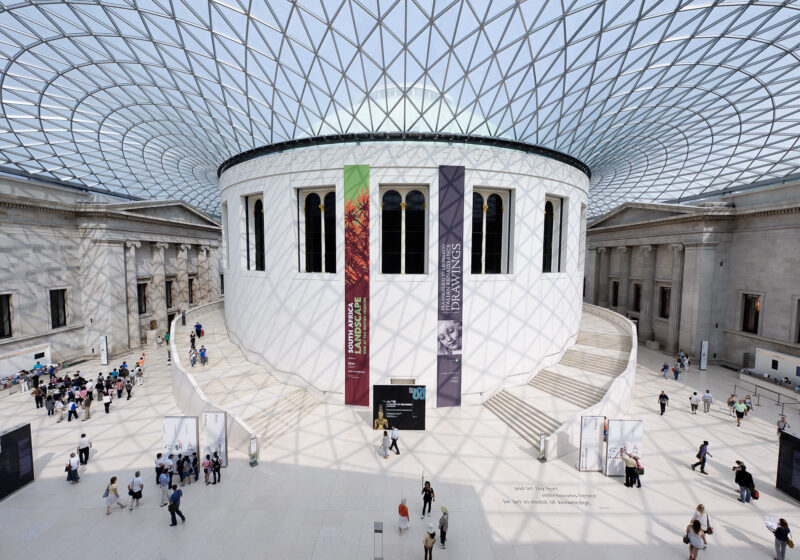Architecture In London..
Natural History Museum
The architectural history of the Natural History Museum originates in a competition held in 1864 to design a plan for an extension to the British Museum in South Kensington. Won by Captain Francis Fowke and taken up by Alfred Waterhouse following the former’s untimely death, the building utilises distinctive Romanesque style architecture comprising of semi-circular arches and an overall medieval aesthetic. Notably original aspects of the design include terracotta tiles designed to resit the sooty atmosphere of Victorian London, and a myriad of sculptures throughout depicting various plants and animals, with extinct species in the east wing and living species in the west. The museum was completed in 1880, and remains one of the most popular locations for both tourists and London locals to visit today.

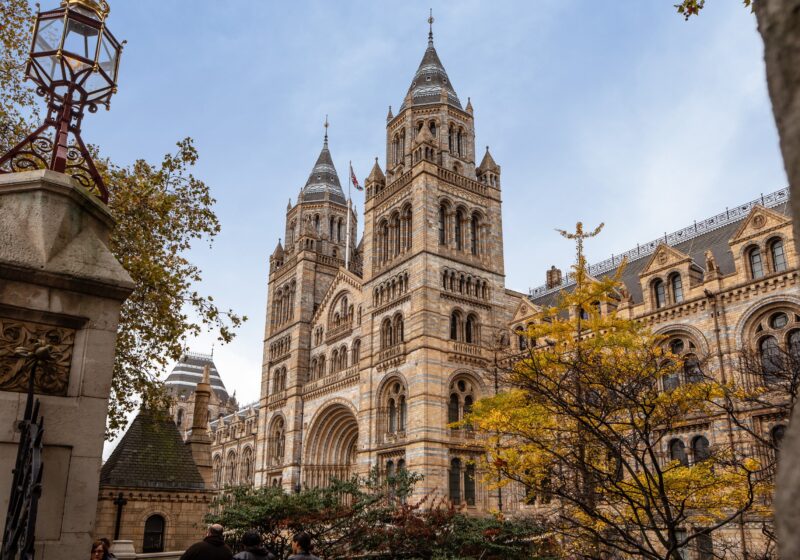

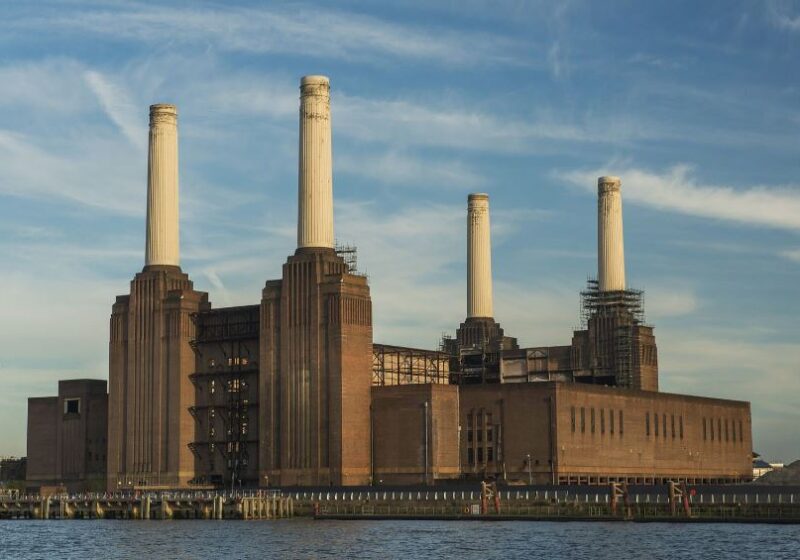
Battersea Power Station
This Grade II* listed building is an iconic part of the London skyline. Originally built as a coal-fired power station, Battersea Power Station was designed by Leonard Peace, engineer in chief of the London Power Company. One of the world’s largest brick buildings, the building comprises two power stations – Battersea A (built between 1929 and 1935) and Battersea B (built between 1937, halted in 1941 on account of the Second World War and completed in 1955). The entire building was decommissioned and shut down in 1983 and fell into ruin until 2014, when plans for development were set in motion to create a contemporary, multi-use area in and around the power station, comprising of cultural spaces, parks, shops and restaurants.
Albion Riverside
Located in Battersea, the Albion Riverside is a high-end residential development on the River Thames. The complex was designed by Foster and Partners to include 183 apartments spanning eleven storeys and work was completed in 2003. The characteristic asymmetrical, crescent-shaped main building utilises a high-tech modernist architectural style which extends to the two independent smaller blocks on the west side of the complex. The main aim behind the development is the bolstering of a new urban quarter on the South Bank, with the main building including health and leisure centres as well as art galleries and shops on the first two floors. Praised for it’s architectural design, the Financial Times describe the building as “a glistening silver foetus when viewed from the air” as well as detailing the progressive computer modelling required to design and construct such a complex.

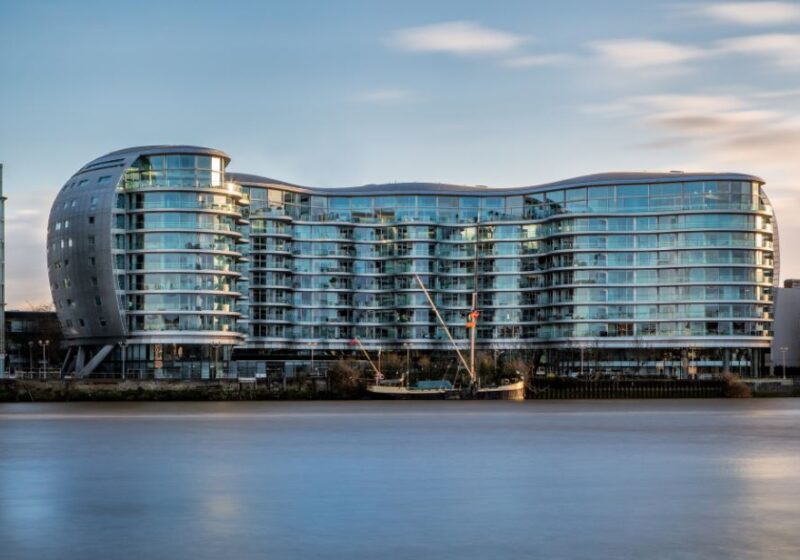

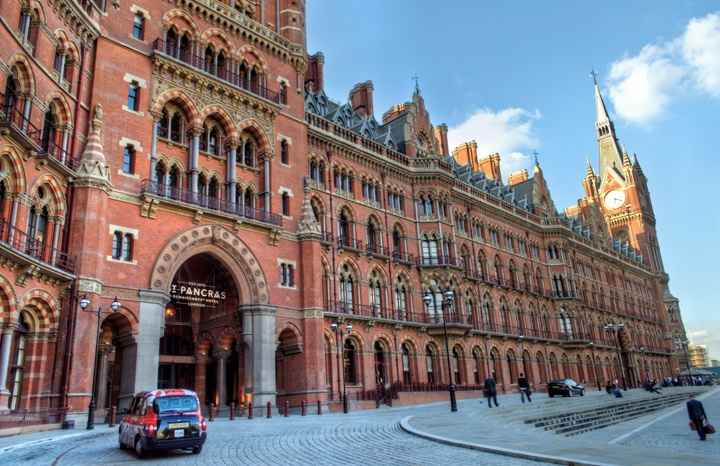
St Pancras Train Station
Designed by Willian Henry Barlow and constructed by Midland Railway, the infamous St Pancras train station opened in October 1968. Most notably, the design includes a single-span iron roof over the central platforms. Following the opening, the Midland Grand Hotel was constructed on the station façade, creating the grandiose image associated with the building. Both the hotel and the station are now Grade I listed buildings. In the late 20th century, the station was reinvented as the terminal for the Channel Tunnel Rail Link to France, and underwent an £800 million refurbishment. Opened by Queen Elizabeth II in November 2007, the restored station has 15 platforms, as well as a coach facility and shopping centre
The Great Court, British Museum
Officially the largest covered public square in Europe, the Queen Elizabeth II Great Court was opened in December 2000 by the Queen herself. Located at the centre of the British Museum, the space is two-acres and enclosed in a glass roof. The infamous Reading Room – originally the home of the library department of the museum, now empty and open for the public to walk through – is directly in the middle of the square. Once simply a courtyard space, Foster and Partner were chosen over 130 entries to redesign the Great Court for the new millennium. The redesign is loosely based on the roof of the Reichstag in Berlin, with the view of having the space look different from any angle within the room. An interesting architectural characteristic comes in the form of the glass roof, which is made from 3,212 differently-sized panes of glass. The construction project came to about £100 million in total, supported by grants from the Heritage Lottery Fund and the Millennium Commission.

